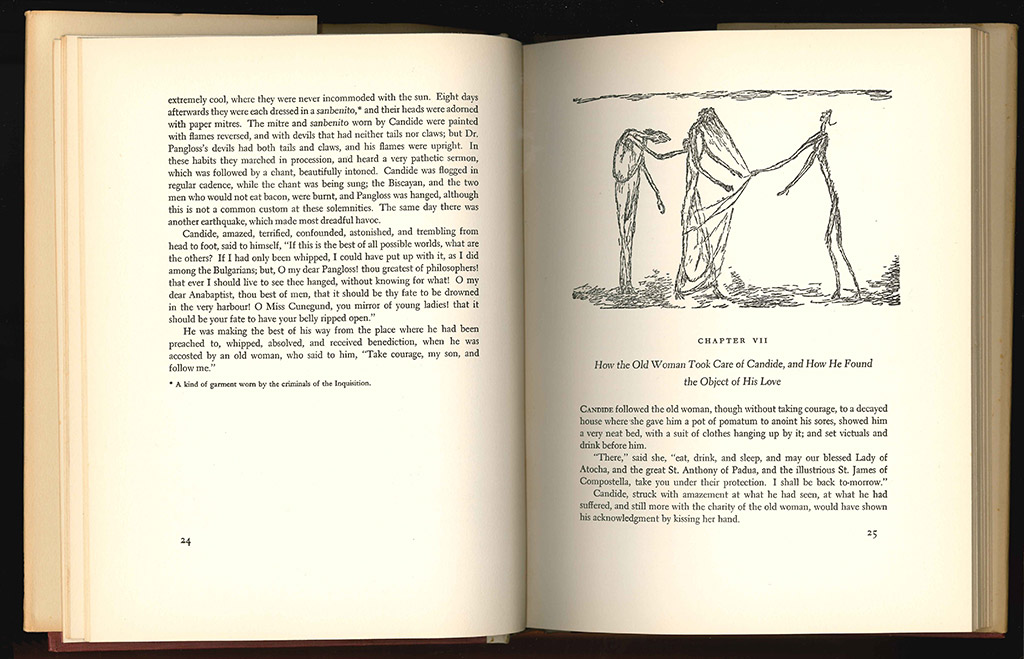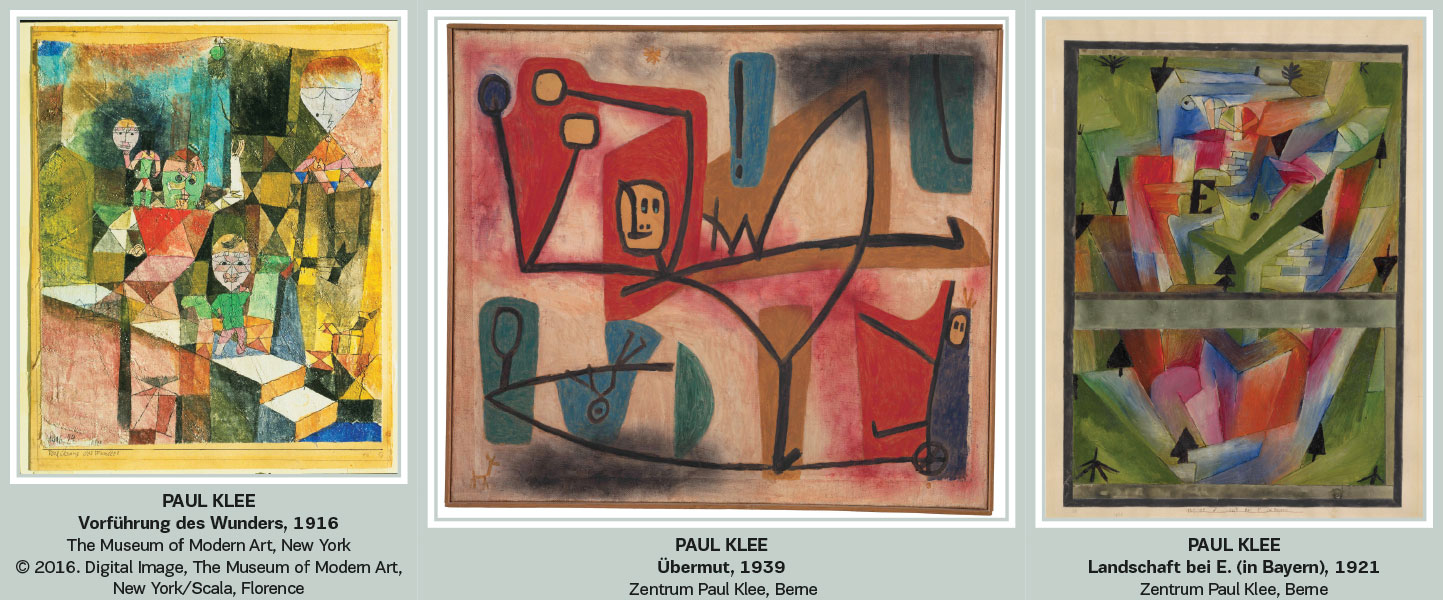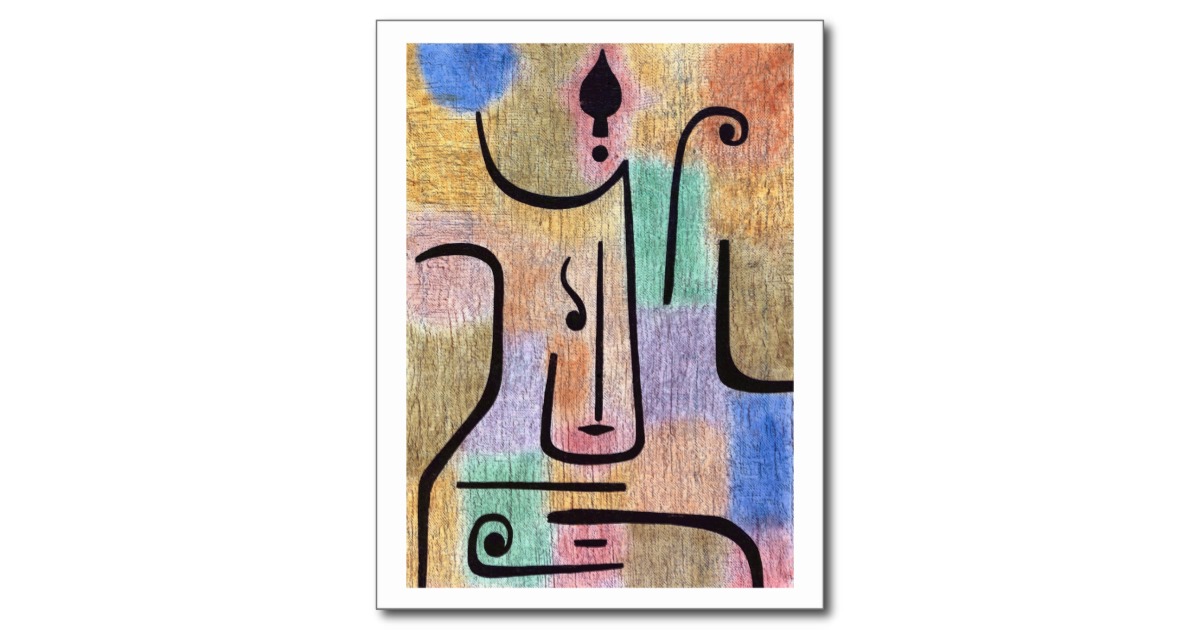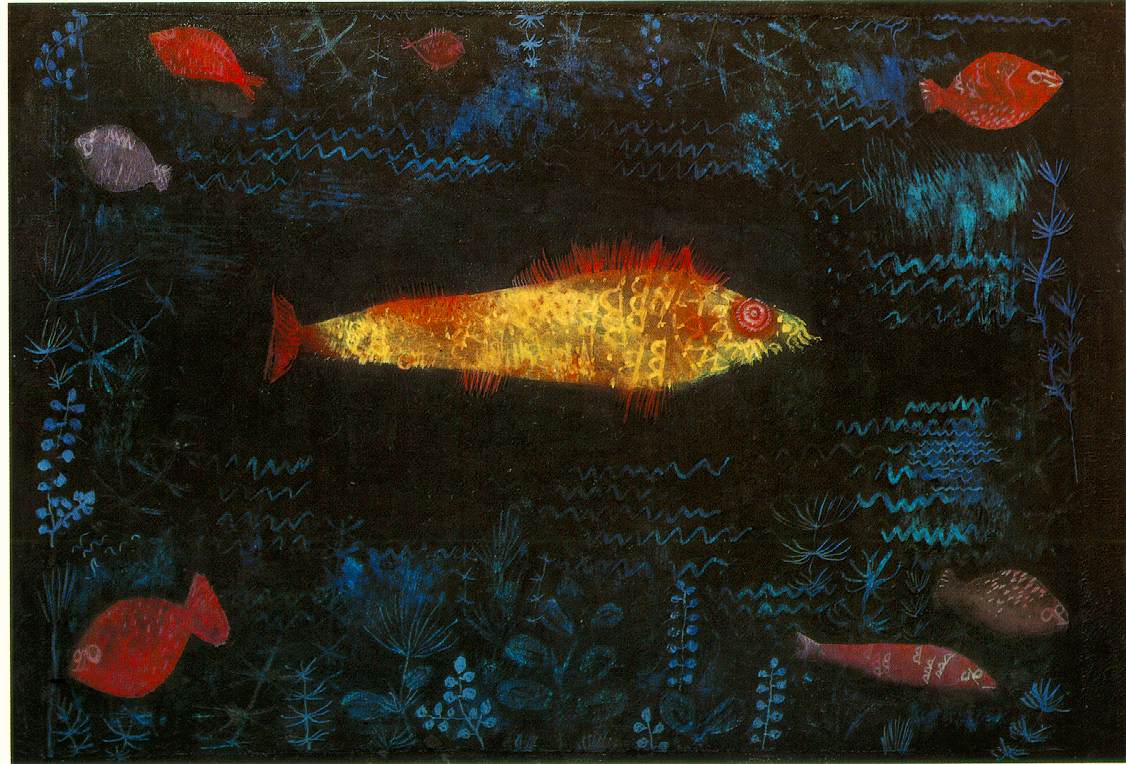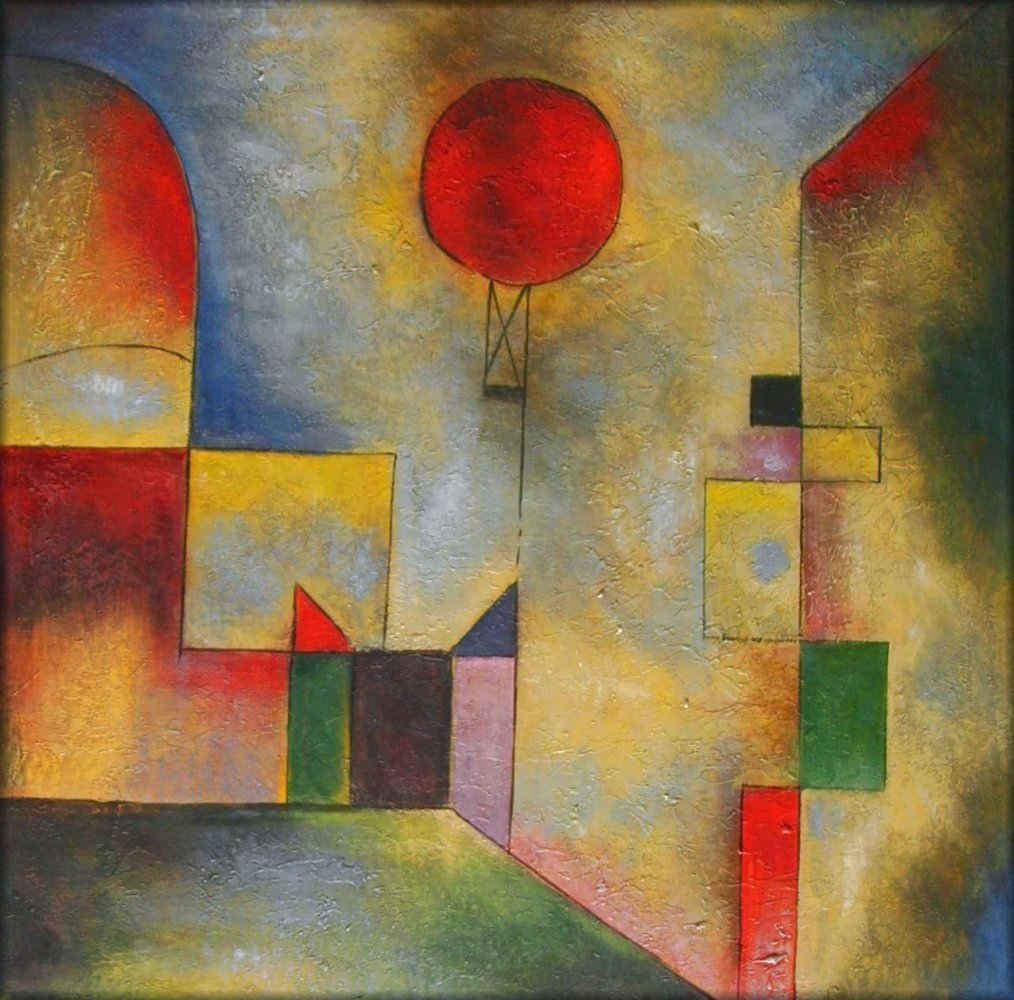Centre Pompidou Launches Massive Paul Klee Exhibition
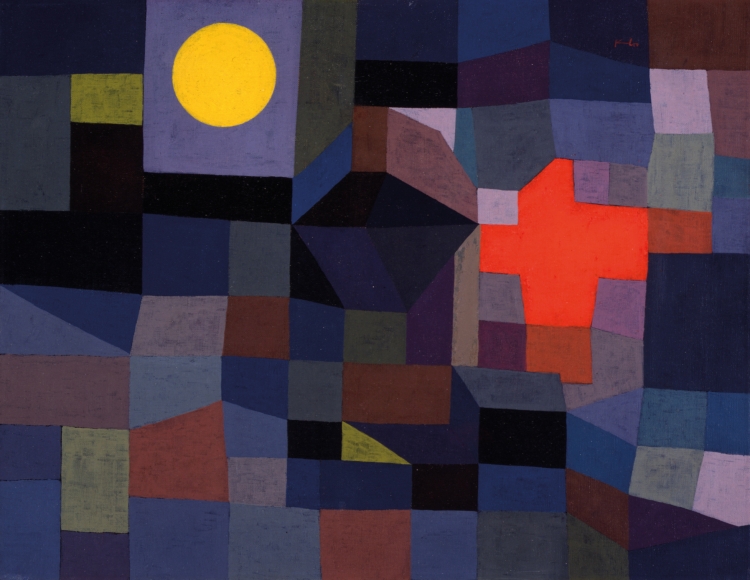
Centre Pompidou presents a retrospective oeuvre of Paul Klee, one of the key artists and teachers of Bauhaus, who pushed the intellectual discourse of abstract art and the poetic language of pictorial symbols. The theme of the exhibition concentrates on "Romantic irony," in which Paul Klee denounces all the concepts and standards established by his contemporaries.
The arrangement of the space highlights different periods of Klee’s artistic style and influences, emphasizing his innovative talent as a painter, draftsman and printmaker. From his early years of satirical drawings, the oeuvre presents one of the important works, an illustration of Voltaire’s Candide, published in 1920. Providing illustrations to go with the French writer’s “acid tongue” established Paul Klee’s name and kickstarted his artistic career.
Image credit: Guggenheim/ Voltaire and Paul Klee
The exhibition follows his discovery of the “color theory” in vogue at the time in Europe. Being influenced by Delaunay and Kandinsky, Paul Klee experiments with the dynamic nature of music versus the static process of painting, accentuating the power of color as to reflect emotion and music.
Image credit: NewEurope/ Louise Kissa
In fact, Paul Klee was a great violinist. Before painting, he would often play several tunes to kindle inspiration. His love for music is apparent in some of the works, as he lavishly embeds musical signs within melodic splashes of color.
Image credit: Zazzle/ Paul Klee, Archangel
Someone may say that his paintings are child-like. Indeed, Paul Klee was inspired by children’s drawings, saying that their art exists without any boundaries or "fashion," reflecting the sincere idea of expression. This veracity of lines and colors in Paul Klee’s approach to art is closely entwined with philosophical and political insights.
Through the life, Paul Klee had different phases of activity: He was a respected teacher, an influential artist, a courageous soldier and in exile in Switzerland, where he spent his last years in ill health. Each of the periods has its own sector with highlighted works; "Klee et le cubisme (Klee and Cubism)," "théâtre mécanique (Mechanical Theatre)," "Klee et les constructivismes (Klee and constructivism)," "regards en arrière (looking back)," "Klee et Picasso (Klee and Picasso)" and "années de crise (crisis years)."
Image credit: Webmuseum/ Paul Klee, Golden Fish
It is impossible to associate Klee with a single movement, as he playfully swung between expressionism, surrealism and cubism. Yet, the exhibition impresses not only by the variety of his styles, but also by the media used: He painted on canvas as well as on carton and fabric, dynamically mixing materials (that unfortunately makes his work difficult to preserve).
Image credit: Pinterest/ Paul Klee, Red Baloon
Do not miss the retrospective of one the major art theoreticians among the modern artists of 20th century and enjoy his intellectual play with color expressions. The exhibition runs from April 6 to August 1 at the Centre Pompidou. Learn more about it here.

